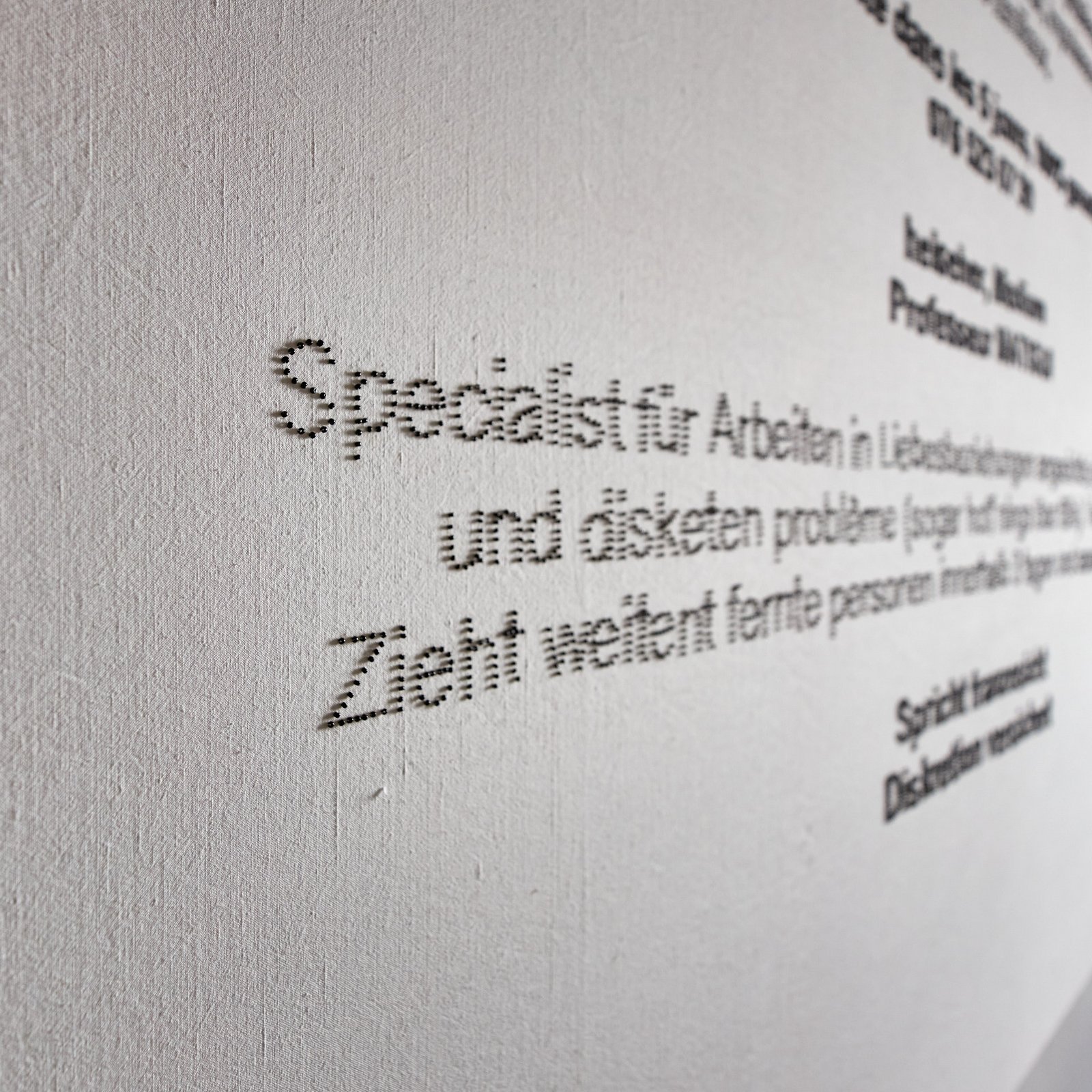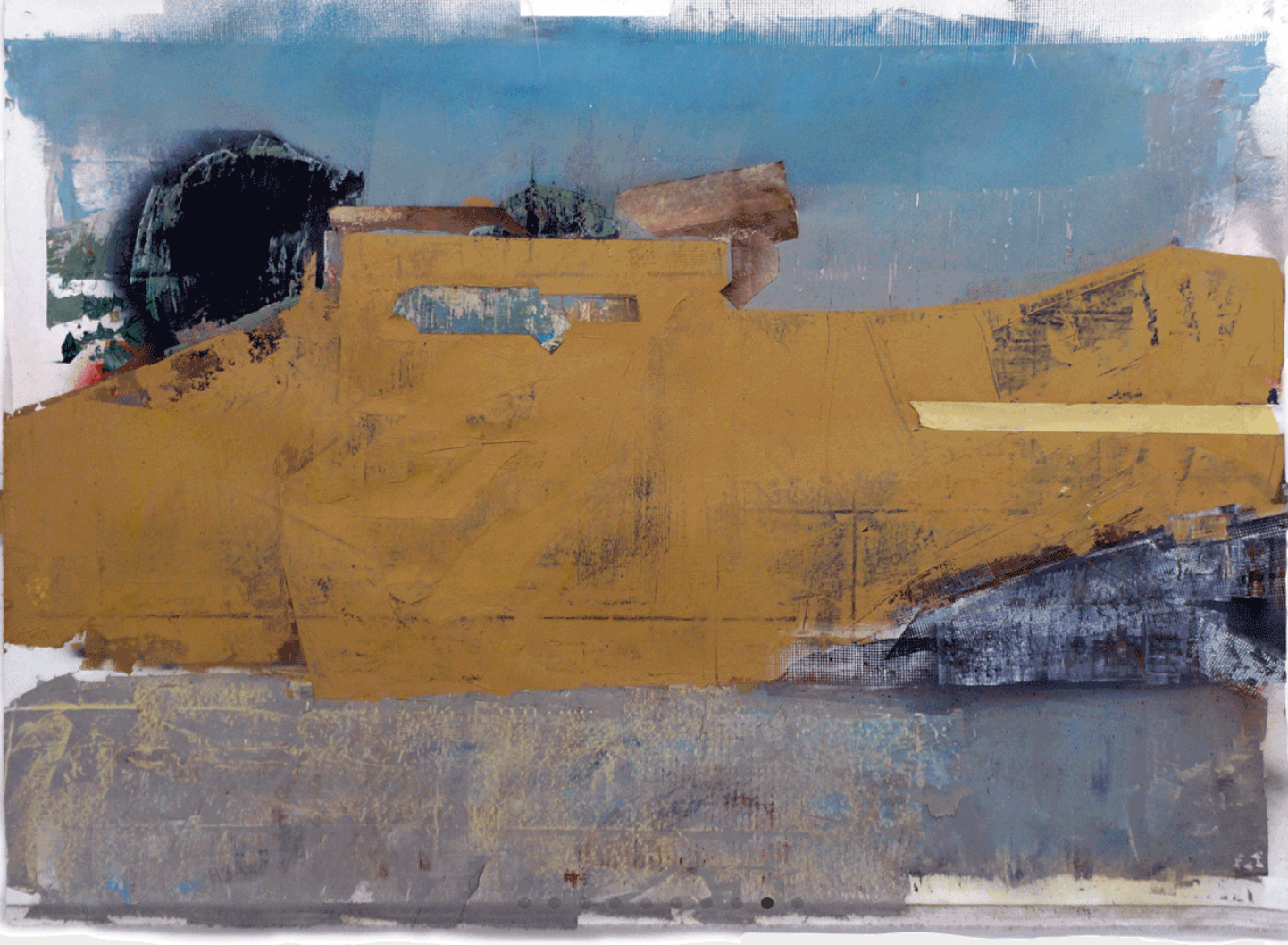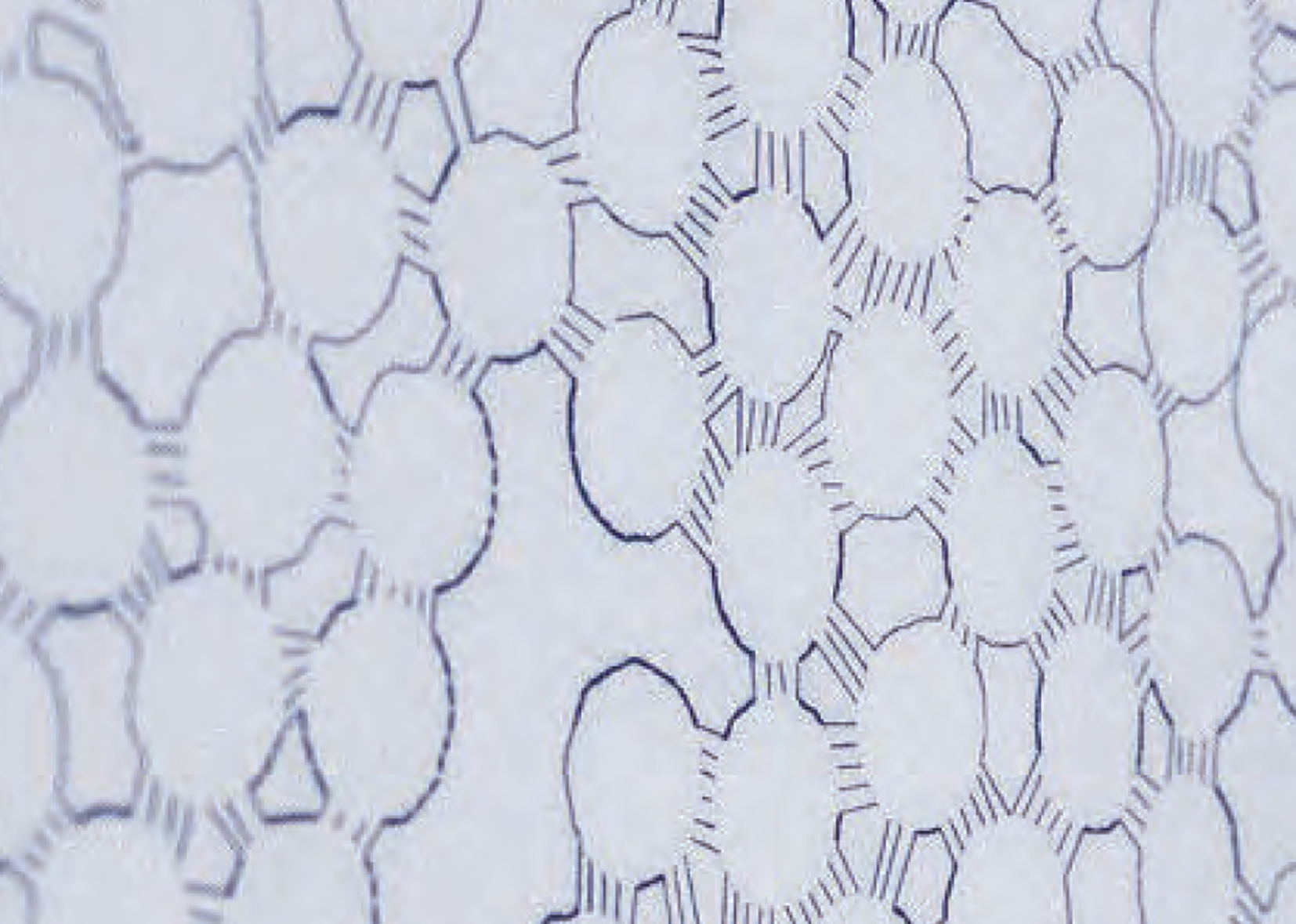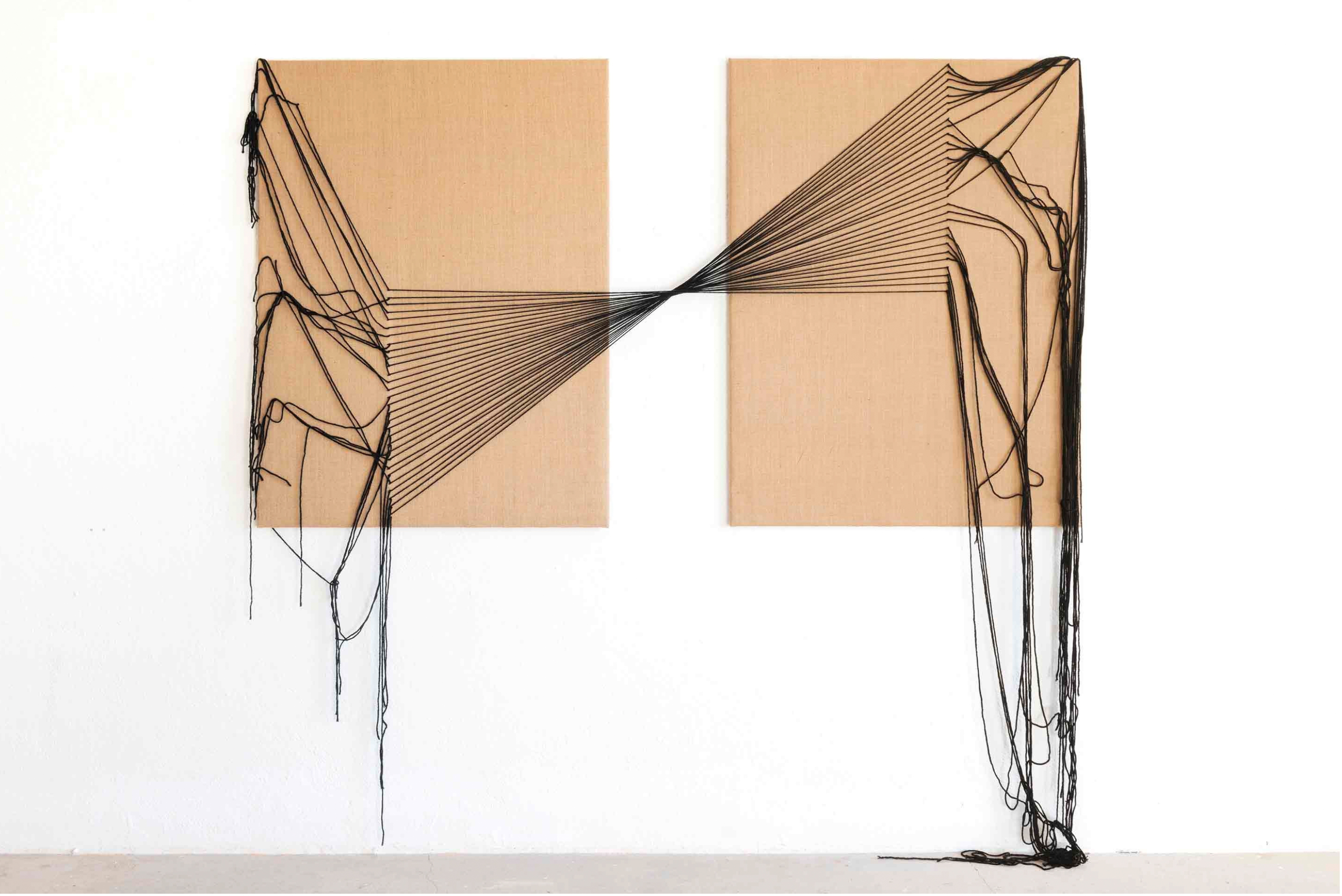cultic act – artistic practice: What is a cultic act and are marks of it represented in an artistic practice?
01.04. – 29.04.23
Exhibition with the following participants:
Elisabeth Nembrini, Berg SG
Teres Wydler, Zuerich
Fabio Melone, Zuerich
Marlis Spielmann, Thalwil
Opening: 01.04., 17:00
Which traces of the cultic is represented in an artistic doing? In which form play the cultic origins of rituals a role today? What about the power of images? With pictures as cult items, on or by which these ritual acts were and are being performed? With the four positions we are showing artists, which seize cultic acts in the (image) motif of those, which are still relevant in the collective memory of your society. The artistic work of Fabio Melone is mainly formed by the contention with haptic materials of the design and fashion culture. He paints, draws, sews and weaves, produces objects, collages, paintings and sculptures. He plays with the rich associations and trade-offs, which for example are implicated by using old cultic images or what the motif of a curtain provokes. In his work he transforms these in pieces of art, which are questioning the conception of corporality.
Elisabeth Nembrini shows amongst others her newest works, which she calls animalistic assistance. In those her pets become active by dismantling, scratching or nibbling on certain objects. While in the old rituals animals often served as transmitter to make predictions about future events, are in Nembini’s work animals involved as the artists assistants in the process of creation, which arises questions about the creatorship of art or the power of the image.
The large-sized cut-outs by Marlis Spielmann deal with the phenomenon of Monte Verità near Ascona. The breaking of prevailing conventions and practised social rituals serve Spielmann as starting point for a paper cut, which, through its reticular structure, not only depicts the complex tensions of individual and community. But also illustrates the fragility of all human relations, whether these are ritually organised or not.
Teres Wydler is concentrated on the interplay of mythos and logos, on the relation between nature and science and the phenomenon of light. In particular, it is the pattern and the process related form, which fascinate the artist and is manifested in her work as germinating grain of wheat or in the images produced by microorganism. Process and repetition are the two fundamental mechanisms not only in science but also of ritual action.

![[Translate to English:] [Translate to English:]](/fileadmin/_processed_/9/4/csm_20230404_P0005_0387_953-web-big_e99dfc398c.jpg)
![[Translate to English:] [Translate to English:]](/fileadmin/_processed_/5/6/csm_20230404_P0005_0192_953-web-big_43ef4c8b29.jpg)
![[Translate to English:] [Translate to English:]](/fileadmin/_processed_/5/9/csm_20230404_P0005_0168_953-web-big_6e58ebb81a.jpg)
![[Translate to English:] [Translate to English:]](/fileadmin/_processed_/5/d/csm_20230404_P0005_0332_953-web-big_78bb693332.jpg)
![[Translate to English:] [Translate to English:]](/fileadmin/_processed_/0/f/csm_20230404_P0005_0215_953-web-big_e5310e8474.jpg)
![[Translate to English:] [Translate to English:]](/fileadmin/_processed_/4/7/csm_20230404_P0005_0147_953-web-big_766826be97.jpg)
![[Translate to English:] [Translate to English:]](/fileadmin/_processed_/5/4/csm_20230404_P0005_0103_953-web-big_9fa77269c1.jpg)
![[Translate to English:] [Translate to English:]](/fileadmin/_processed_/9/6/csm_20230404_P0005_0272_953-web-big_45f239095f.jpg)
![[Translate to English:] [Translate to English:]](/fileadmin/_processed_/d/e/csm_20230404_P0005_0245_953-web-big_269e4998b5.jpg)
![[Translate to English:] [Translate to English:]](/fileadmin/_processed_/5/d/csm_20230404_P0005_0251_953-web-big_172c9332a7.jpg)
![[Translate to English:] [Translate to English:]](/fileadmin/_processed_/3/5/csm_20230404_P0005_0361_953-web-big_9fc29a8900.jpg)
![[Translate to English:] [Translate to English:]](/fileadmin/_processed_/1/c/csm_20230404_P0005_0131_953-web-big_698d091dbd.jpg)
![[Translate to English:] [Translate to English:]](/fileadmin/_processed_/1/6/csm_20230404_P0005_0289_953-web-big_66fdc04691.jpg)
![[Translate to English:] [Translate to English:]](/fileadmin/_processed_/4/8/csm_20230404_P0005_0115_953-web-big_98c2e6a45b.jpg)
![[Translate to English:] [Translate to English:]](/fileadmin/_processed_/e/0/csm_20230404_P0005_0151_953-web-big_0948db51ac.jpg)
![[Translate to English:] [Translate to English:]](/fileadmin/_processed_/4/2/csm_20230404_P0005_0301_953-web-big_e6c41e06cd.jpg)
![[Translate to English:] [Translate to English:]](/fileadmin/_processed_/c/e/csm_20230404_P0005_0256_953-web-big_5b22daacb9.jpg)
![[Translate to English:] [Translate to English:]](/fileadmin/_processed_/d/6/csm_20230404_P0005_0037_953-web-big_01_4d7236c474.jpg)



